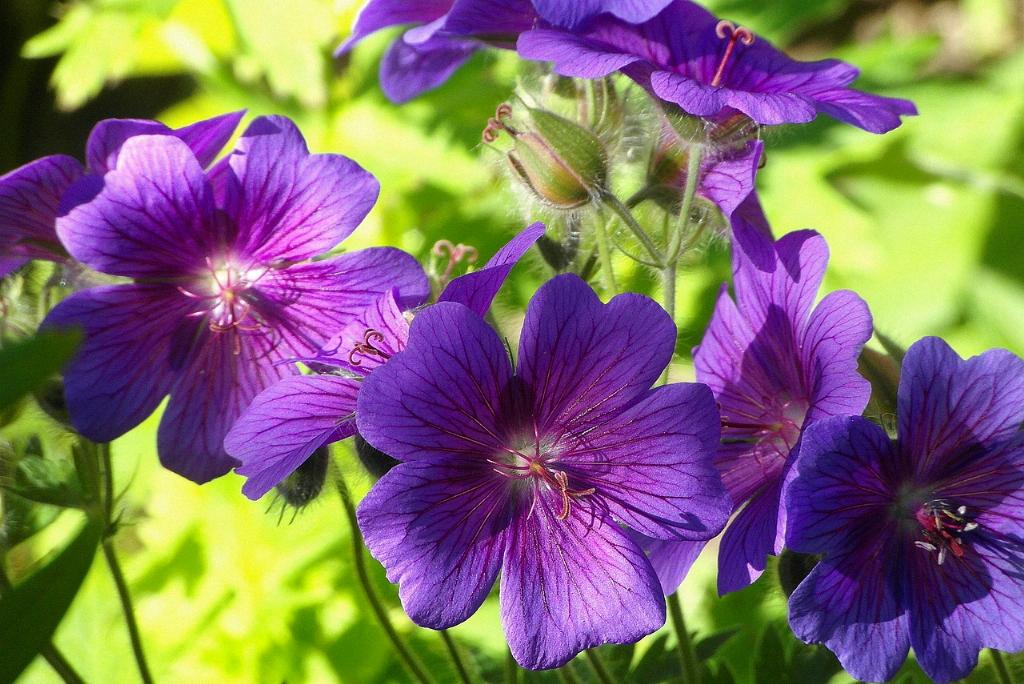Geraniums are beautiful and vibrant plants that can truly brighten up any space, but what happens when your geranium starts showing signs of distress? If you’ve noticed your geranium looking less than its usual lively self, it’s crucial to understand the potential reasons behind its decline.
Potential Water Woes
One common culprit behind a dying geranium is overwatering. When your geranium is exposed to prolonged periods of rain or receives excessive watering, the soil may become waterlogged. This excess water can essentially suffocate the roots of your plant, leading to root rot. Signs of overwatering include yellowing and limp leaves, as well as the presence of water dripping out of the soil when you lift the pot.
The Peril of Poor Drainage
Aside from overwatering, another related issue could be poor drainage. If your geranium’s pot does not have adequate drainage holes, excess water may accumulate at the bottom, causing harm to the roots. Ensure that your geranium has proper drainage to prevent water from stagnating and causing root rot.
Impact of Incorrect Light Conditions
Light is essential for the health of your geranium. While these plants thrive in bright sunlight, excessive exposure can lead to sunburn on the leaves. Conversely, insufficient light can result in stunted growth and poor flowering. Find the right balance of light exposure for your geranium to flourish.
Nutritional Deficiencies and Fertilization
Another factor contributing to a dying geranium could be nutrient deficiencies. If your plant is not receiving adequate nutrients from the soil, it may exhibit signs such as yellowing leaves or stunted growth. Consider fertilizing your geranium with a balanced fertilizer to provide it with essential nutrients for healthy growth.
Pests and Diseases
Geraniums are susceptible to pest infestations and diseases, which can hinder their growth and vitality. Keep an eye out for common pests like aphids or spider mites, as well as diseases like powdery mildew. Promptly address any pest or disease issues to prevent them from causing further harm to your geranium.
Temperature Tolerance and Climate Concerns
Geraniums are sensitive to extreme temperatures, so it’s essential to consider the climate conditions in which they are placed. Exposure to cold drafts or sudden temperature fluctuations can negatively impact your plant. Ensure that your geranium is kept in a stable and suitable environment to promote its overall well-being.
Root Bound and Repotting Needs
As your geranium grows, its roots may become bound within its pot, restricting their growth and development. Check the root system of your geranium periodically and consider repotting it into a larger container if necessary. Repotting can provide your plant with more room to thrive and access essential nutrients.
Pruning and Deadheading Tips
Regular pruning and deadheading can help rejuvenate your geranium and encourage new growth. Remove any dead or yellowing leaves, as well as spent flower heads, to promote continuous blooming. Pruning can also shape your geranium and prevent overcrowding, allowing for better air circulation.
Soil Health and Quality Matters
The type of soil in which your geranium is planted plays a significant role in its health. Ensure that your geranium is planted in well-draining soil rich in organic matter. Avoid compacted or water-retentive soil, as it can lead to root issues and nutrient deficiencies.
Watering Wisely and Finding the Balance
Finding the right balance in watering your geranium is crucial for its well-being. Allow the soil to partially dry out between waterings to prevent overwatering. Adjust your watering frequency based on the season and environmental conditions to ensure that your geranium receives adequate moisture without excess.

Caring for Your Geranium Holistically
In conclusion, caring for your geranium holistically involves addressing various factors that can impact its health and vitality. By understanding the potential reasons behind your geranium’s decline and taking proactive steps to remedy the situation, you can help revive your plant and promote its overall well-being. With proper care and attention, your geranium can thrive and continue to brighten up your living space with its vibrant blooms.
